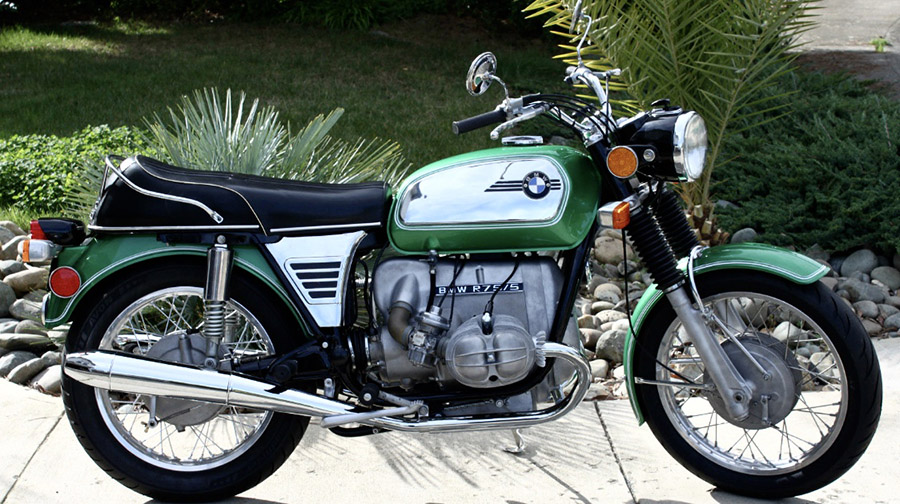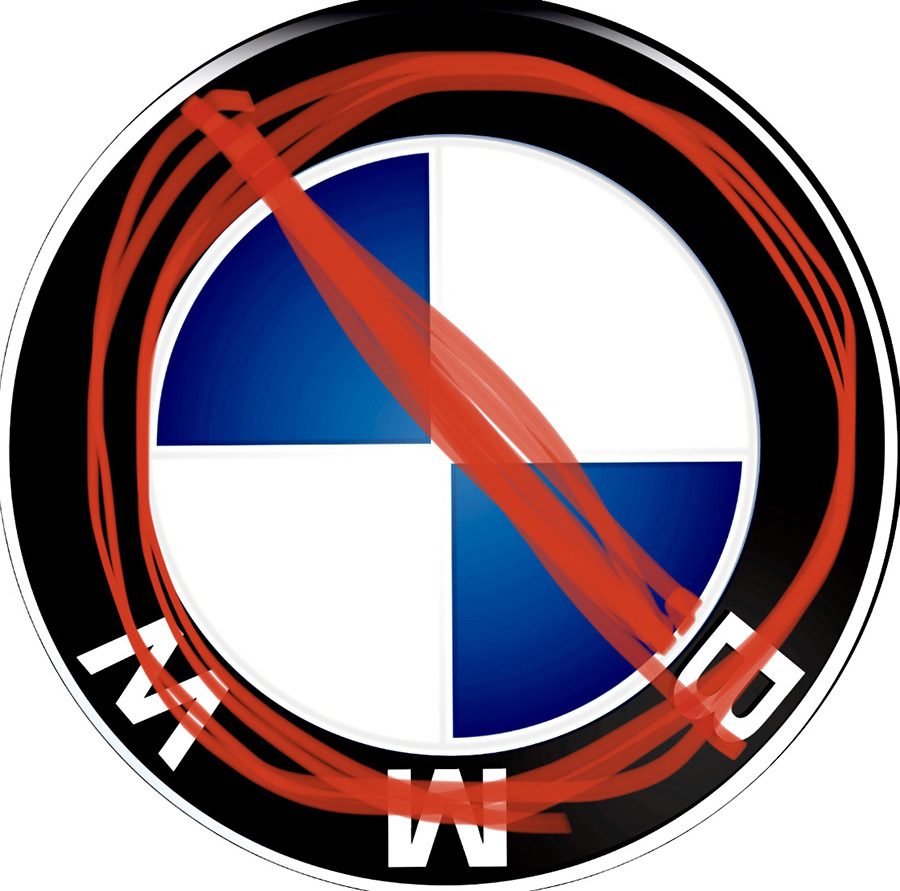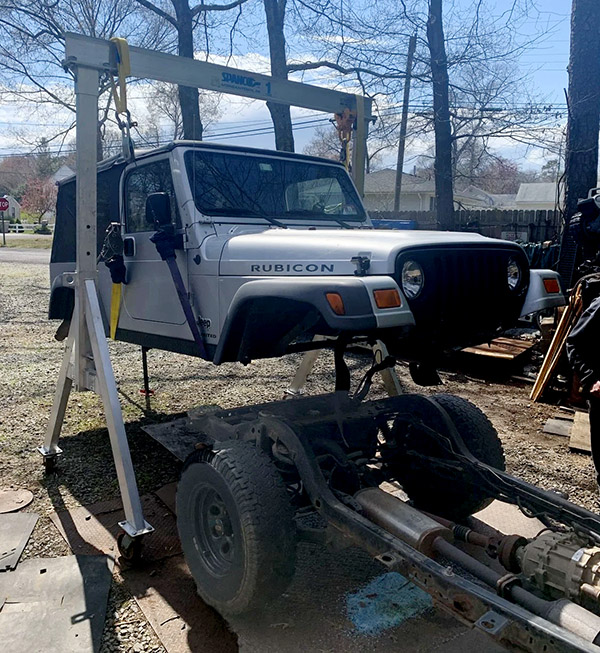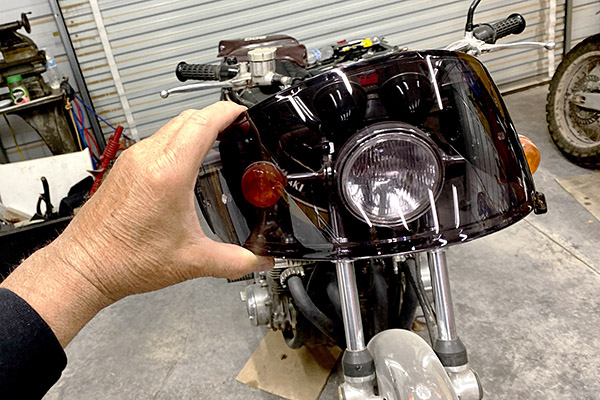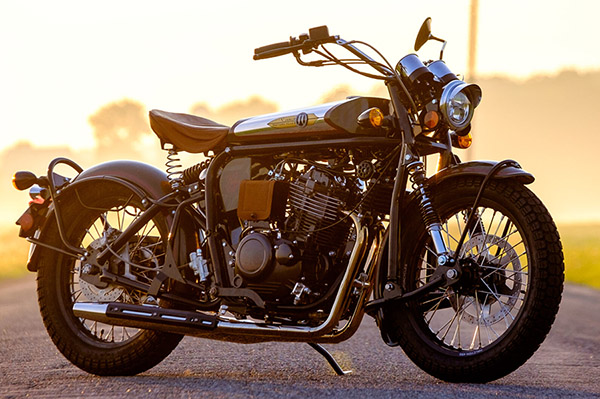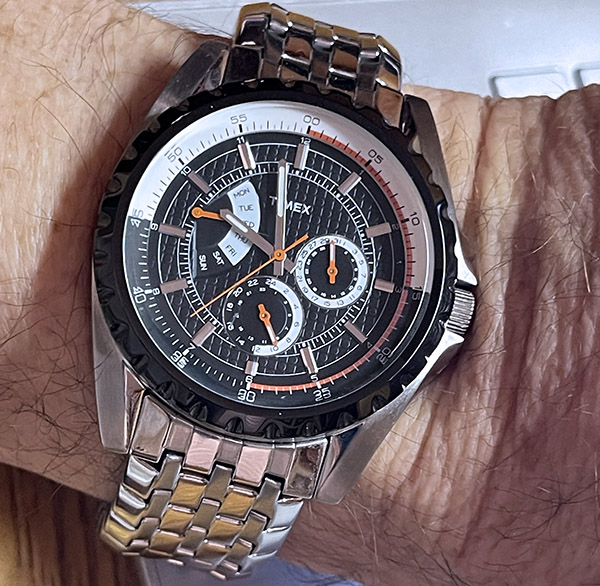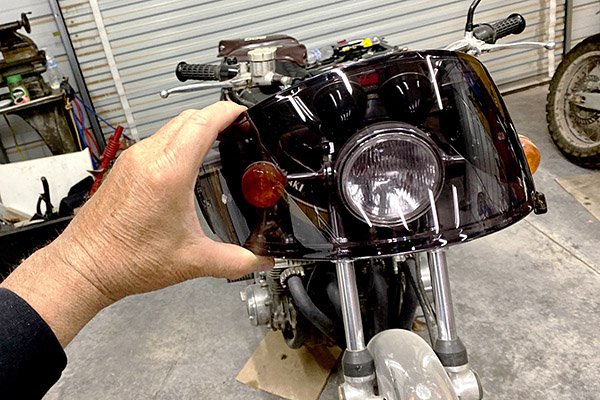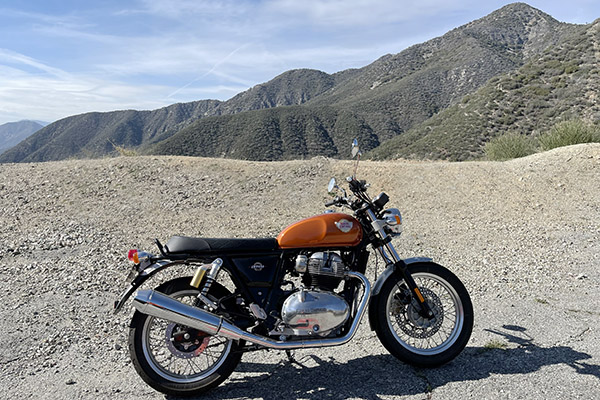There’s not a lot of Internet noise on the revivified BSA motorcycle company and I don’t see any reason why ExhaustNotes.us shouldn’t try and create some buzz with wild speculation of our own. We haven’t got a test bike and if we did we’d be riding the wheels off the thing so we’ll just imagine we have a BSA to examine. If you haven’t learned by now not to trust things you read on the Internet then there’s really no hope for you and you can take everything I say in this review as gospel.
In the US market BSA is re-entering the motorcycle business at a bad time. Our customer demographic for street motorcycle riders becomes older by the minute. 1950’s-1960’s nostalgia-driven motorcycle sales simply must die off with the customers that lived that stifling, bland era. In just a few seconds I was able to gin up a statistic that said the average age for motorcyclists in America is 73 years old. That number shocked me even though I knew it was false because I was the one that made it up. Soon enough I came to believe that number because it was on the Internet in this ExhaustNotes.us story.
In the video below new-BSA’s Indian owners appear to realize the American market is awash with nostalgic motorcycle choices and don’t seem to be in any rush to lose money chasing the urine soaked, grey-haired, pony-tailed, ancient American rider even though that dried up shell of a man would appear to be the natural audience for such a bike.

The motorcycle might be built in Britain, but most likely will be made in India with a steadying British hand on the design choices. BSA has really nailed the look. The new 650 is as close to the old Gold Star style-wise as you can get without having survived the bombing of Coventry. To me, the bike looks great and is so much classier than the swoopy, exo-framed modern bike. BSA even made the engine clatter like an old British single even though it’s a liquid-cooled, double overhead cam, 4-valve engine. I looked on BSA’s website to see of it was fuel–injected but didn’t see that spec. I’m sure it is. Claimed compression ratio is 11.5:1 so hopefully the combustion chamber is shaped well enough to use regular unleaded gas. Finding high-octane gas is a problem out in the hinterlands.

The claimed 45 horsepower BSA thumper comes with all the modern conveniences like ABS, headlights, turn indicators and a hose bib for a washing machine. The bike is also equipped with a 23,000-watt inverter allowing the rider to power a typical suburban home for up to 5 days. The bike is fairly lightweight compared to your average adventure motorcycle clocking in at only 33-1/2 stone. One disc brake on each wheel should stop the light-ish BSA fairly well and with a claimed 70 miles-per-1024 dram you should be able to go roughly 210 miles on the 3240-dram tank. Of course, your mileage may vary depending of which rose-colored glasses you are wearing at the time.

BSA’s website doesn’t mention a counter balancer but one of the guys in the video says it has one so I predict a tolerable vibration level even with that big slug flying around between your legs. Traditional telescopic forks and two rear shocks are nothing earth shaking. I like simple things so I’m good with boring old suspenders. Spoke rims and what looks like tube-type tires are all well-trod design choices that leave plenty of space for improvements on subsequent model years.
As it should, my opinion means nothing to you but I like the new BSA. It looks right, and it has the bare minimum modern junk bolted on. I’ll go as far as saying it’s an honest motorcycle. The only thing wrong is the price. Even with the collapsing British pound, 10,000 British pounds is over $11,000 US dollars and that’s almost twice what Royal Enfield’s 650 twin sells for, a bike that is every bit as cool and most likely better. The Enfield even wins AFT flat track races. I won’t be buying one but don’t let that stop you from buying one.
Never miss an ExNotes blog: Sign up here for free!
Hit those pop up ads!


